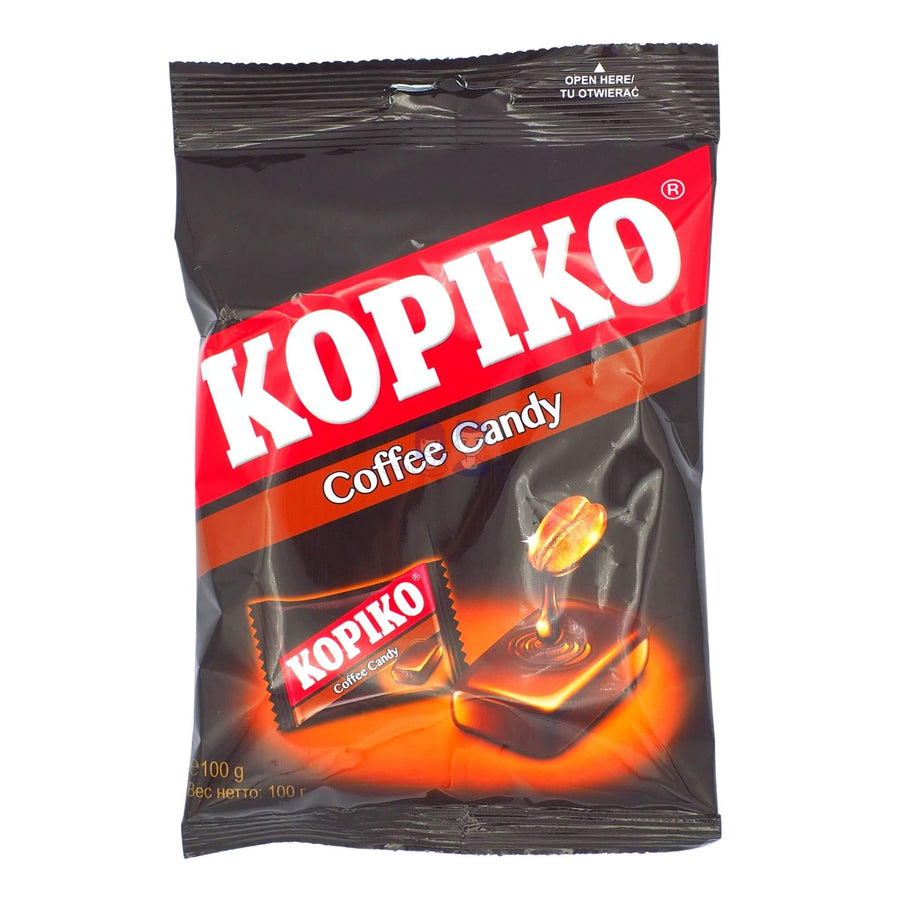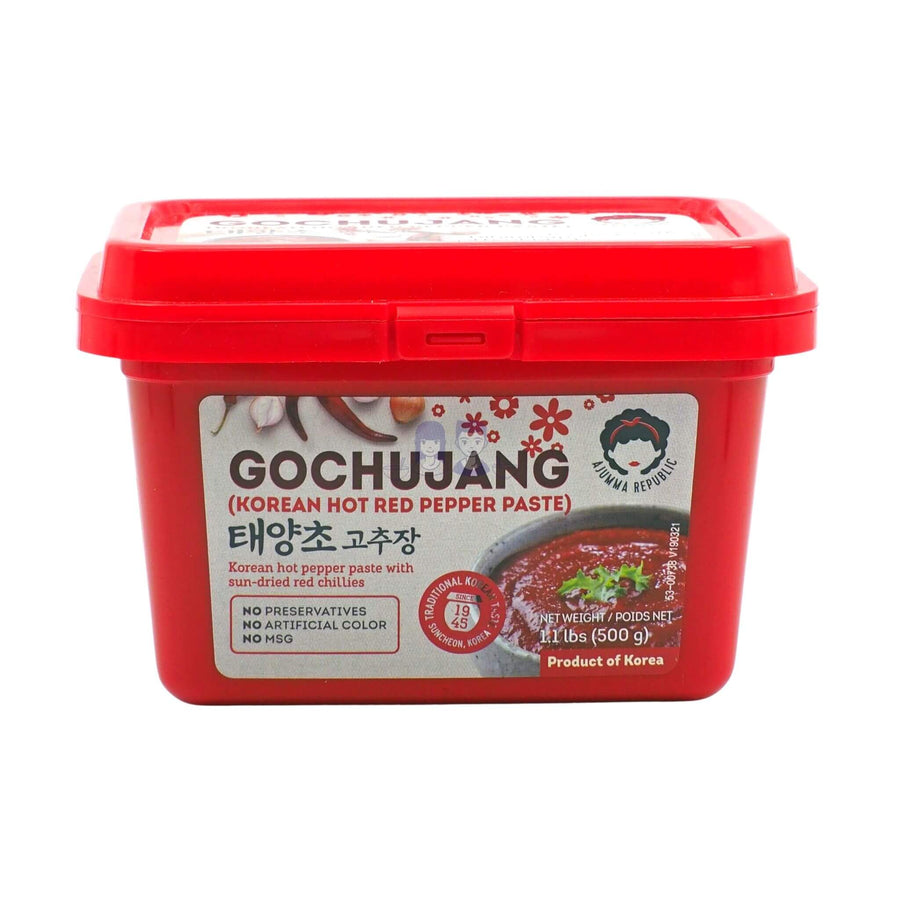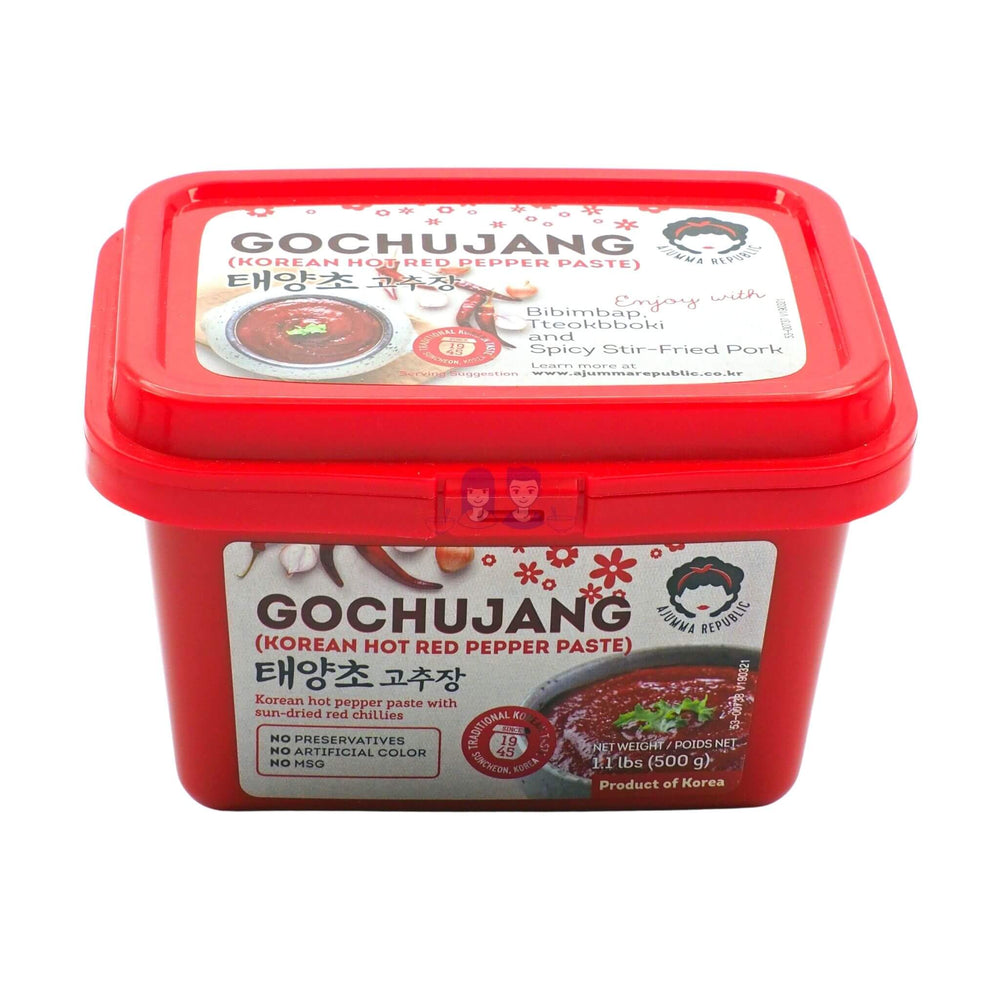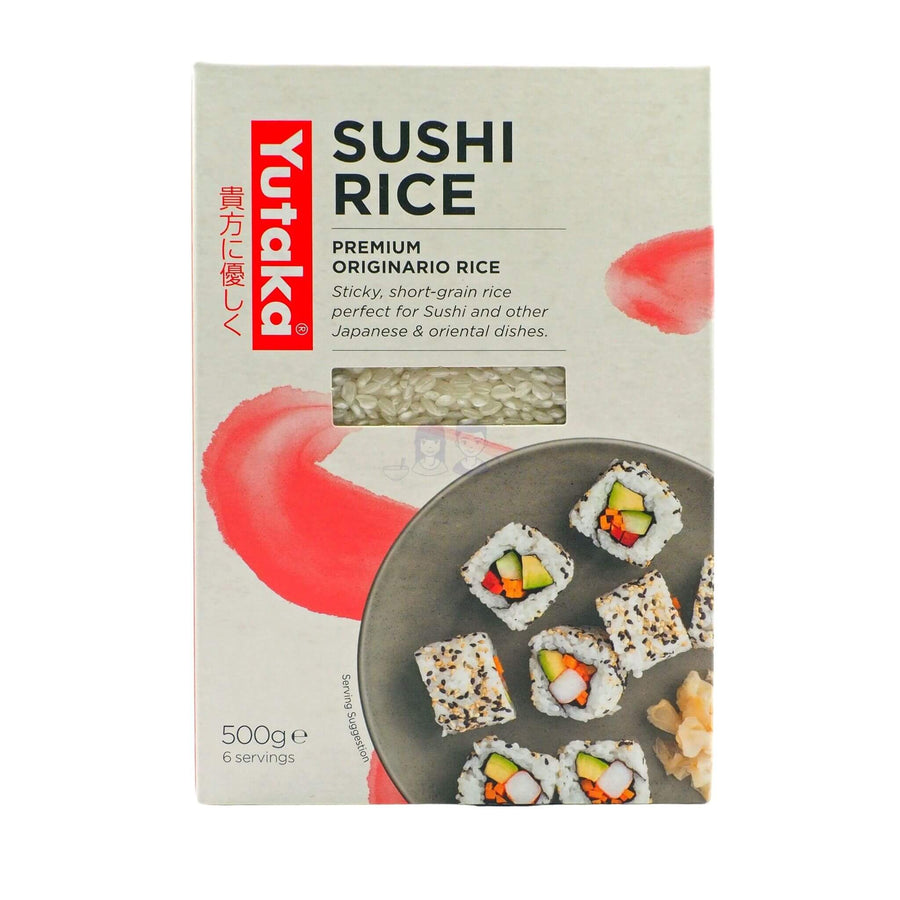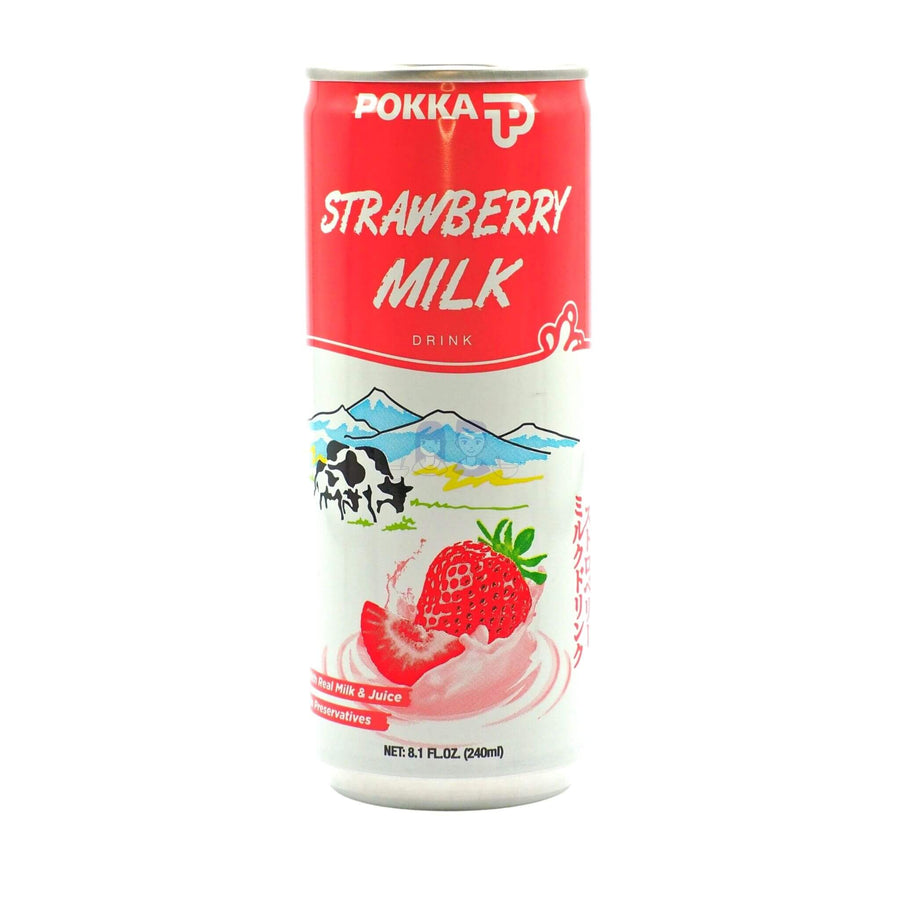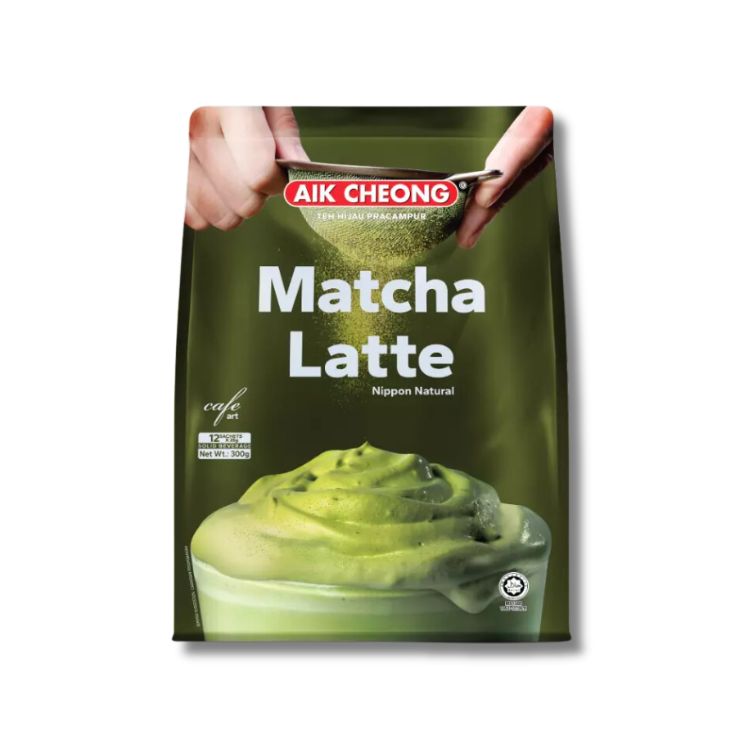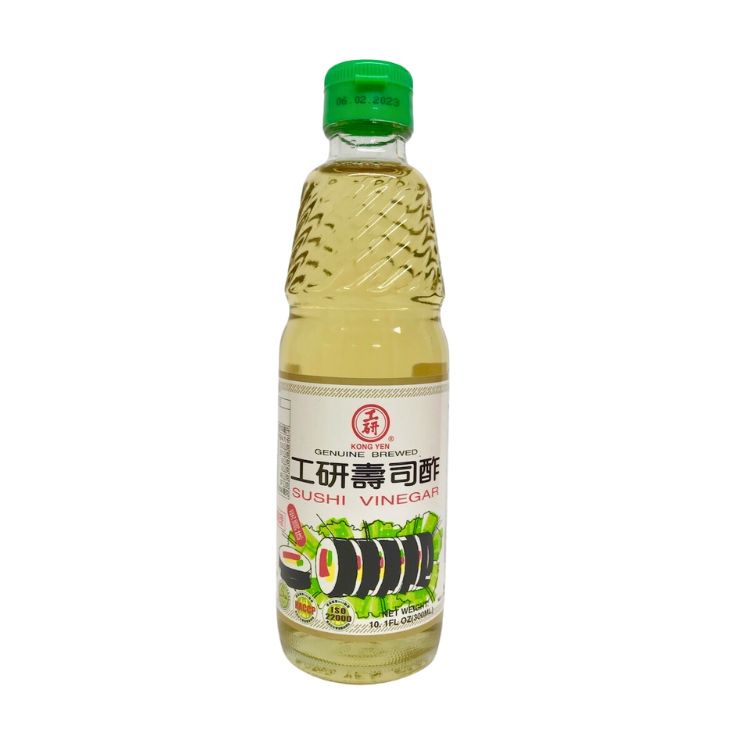Discovering Asian Hot Pot: A Comprehensive Guide for Newbies
Hot pot dinners are the epitome of communal dining—a bubbling pot of broth at the centre, plates of noodles, vegetables, and meats all waiting for their turn in the soup. Across Asia, this ritual unites friends and family, turning a simple meal into an experience.
At Morueats, we’ve shared countless evenings around the pot, so think of this article as your definitive guide to Asian hot pot. Together, we’ll walk through everything you need—from broth selection to finishing dips—so you can recreate those heart-warming moments at home.
The Origins of Hot Pot
With its origins in China, hot pot dates back thousands of years, where it was thought to have been brought to the country by the Mongolians. It has since spread throughout Asia, giving rise to many variations of Asian hot pot. Let’s go through the more popular varieties of hotpots.
Chinese hot pot
Chinese hot pot boasts a rich selection of regional varieties, each representing a distinct culinary tradition with its unique history, flavour profiles, and ingredients to the table. Some notable regional varieties include:
Sichuan Hot Pot: Hailing from the Sichuan province, this hot pot is renowned for its spicy and numbing broth, owing to the liberal use of chilli and Sichuan peppercorns. It's perfect for those, like ourselves, who love a fiery kick in their meals.
Beijing Hot Pot: Originating from the capital, this style often features thinly sliced mutton and a clear, simple broth. It's accompanied by various dipping sauces, with sesame sauce being especially popular.
Cantonese Hot Pot: Emanating from the south in Guangzhou (formerly Canton), this hot pot is celebrated for its milder flavours, with an emphasis on fresh ingredients, particularly seafood. The broth often incorporates chicken, pork bone, or seafood stocks. Other regional variations from the south enrich their bases with ingredients like mushrooms, coconut milk, and even flowers, offering a multifaceted and delightful hot pot experience.

Japanese hot pot (Shabu-shabu)
Japanese hot pot, or shabu-shabu, is derived from the ‘swish-swish’ sound the ingredients make when they are swirled around the piping hot broth. Thin slices of meat and vegetables are cooked in a konbu (kelp) based broth, infusing delicious flavours into the soup, which is enjoyed together with rice.

Thai hot pot (Suki)
Thai hot pot, or Suki, evolved from Chinese hot pot to suit the tastes of the Chinese demographic in Thailand. Suki comprises a boiling pot filled with meat, vegetables, noodles and dumplings. What sets Suki apart is that once cooked, these ingredients are dipped into Sukiyaki sauce – a sweet-sour and slightly spicy sauce.
Thai hot pot (Mookata)
Combine Suki with Korean barbecue, and you have Mookata, another popular way of enjoying hot pot where you can choose between grilling or boiling your ingredients. Enjoy grilled meats atop a dome-shaped stove, and watch as the fat drips into a trench of broth, infusing it with greasy goodness that you can cook other ingredients in.

Korean hot pot (Jeongol)
Another popular Asian hot pot variation is Korean hot pot, or jeongol. Featuring sliced beef, dumplings, mushrooms and vegetables or seafood, jeongol is a delightful mix of all kinds of ingredients left to boil in a jeongolteul (a wide and shallow pot) to allow the aromatic flavours to seep into the broth.
Essential Ingredients for Hot Pot
The beauty of hot pot lies in its versatility, allowing everyone to customise their meal to their heart's content. Selecting the best hot pot ingredients is paramount to creating that perfect meal.
The below section intends to guide you through the essential ingredients for hot pot, from soup bases to meats and vegetables, ensuring you have everything you need for an unforgettable hot pot experience.
Soup base
The hot pot soup base of Asian hot pot is the foundation of the meal and is usually categorised into spicy and non-spicy variations. Our advice is to choose wisely, as this is the building block of your meal and may be difficult to change.
Spicy broth bases include the numbing mala base made from Sichuan peppercorns and chilli, which adds a fiery kick. The milder varieties have a mushroom or herb base, made with goji berries or wolfberries. You could also opt for a simple broth made from meat stock cubes, bones and aromatics like ginger or garlic.
In recent years, hot pot broth flavours have evolved to suit changing taste preferences with a contemporary twist. You can now find tomato broth bases – a classic favourite is the tomato broth served at global hot pot chain Haidilao, herbal bases and even curry-infused broths.

Meats
The next step is loading up with all kinds of ingredients! Use thinly sliced meats like beef, chicken or pork, as these cook faster, or meatballs, which usually come pre-cooked, so it doesn’t take too long to heat up.
When it comes to beef, ensuring a good amount of fat and marbling is key. For pork, opt for thin cuts like shoulder or pork belly. Lamb is mostly eaten at Chinese hot pots, especially in spicy broths.
If you’d like more flavour in your meats, we recommend a simple marinade of soy sauce, rice wine, and ginger to do the trick. Korean hot pot, or jeongol, comes in many variations and bulgogi jeongol is the more popular one. Simply marinate beef in soy sauce, sugar, rice wine, sesame oil and pepper, then add this to the stew.

Seafood
Shellfish is commonly added for more savoury flavours, like prawns or lobster heads. You could also add thin slices of fish, like halibut or salmon. Shellfish balls or fish balls are also a crowd favourite – the best ones have filling in them like pork, which makes for a delicious surprise.

Vegetables and mushrooms
The possibilities are endless here, especially with so many Asian vegetables out there, but a mix of mushrooms and leafy greens is a good choice to slightly sweeten the broth. We usually go with a mix of spinach, lettuce, enoki mushrooms and button mushrooms. Carrots, potatoes and lotus root also add to the flavour, but take a while to cook, so these usually go in first.

Tofu and other soy products
Tofu is another great addition. We sometimes avoid soft tofu since this will not retain its shape; instead, we opt for firmer variations of tofu and even beancurd products like beancurd puffs, beancurd sticks, pressed or fried tofu, and fried beancurd skin.
If you love tofu, read here for more inspiration on what to do with it.

Noodles and dumplings
A meal is not complete without carbs, and in hot pot, noodles are the more popular choice. From vermicelli, instant ramen noodles to udon, add these last so they can soak up the flavour of the broth.
If you’d like something that cooks fast, try dumplings – especially when you’re waiting for the rest of the items to cook. Depending on your preferred flavour profile, try pork and chive or seafood dumplings.

Dipping sauce
There are so many options of dipping sauces out there, and the best part is that you can create one that’s uniquely yours. Here are two quick flavour combos to spark ideas:
- Savoury Sesame – 2 tbsp Soy Sauce, 1 tbsp roasted sesame paste, pinch of sugar, dash of sesame oil.
- Citrusy Ponzu Kick – 2 tbsp Ponzu Sauce, sliced spring onion, and a squeeze of fresh lemon.
Try adding soy sauce, sesame oil, chilli and spring onions for a savoury-spicy option, or roasted sesame sauce for something creamier. For a tangy twist, mix in some lemon juice or vinegar. If you're a fan of herbs, finely chopped coriander or mint can elevate the dipping sauce to new heights.
Consider having a basic set-up of ginger, sesame sauce, spring onions, chilli, soy and oyster sauce, to create a dipping sauce that goes well with your cooked ingredients.
Hot Pot Equipment Essentials
Getting the right tools sets you up for effortless cooking and carefree conversation:
- Divided or “yuan-yang” pot for two broth options.
- A portable induction burner or tabletop gas stove to keep the soup simmering.
- Long chopsticks or tongs for adding raw ingredients.
- Slotted spoons or strainers for fishing out cooked bites.
- Ladles for serving broth into individual bowls.
- Small sauce dishes so every guest can personalise their dips.
A quick equipment check before your gathering means you spend more time enjoying the food and less time troubleshooting at the table.
Setting Up a Hot Pot at Home
A good DIY hot pot experience starts with a sturdy, big enough pot for the number of people you’re serving. We like having a pot with a separator to give the option of two broth bases. The fuss-free option would be a hot pot cooker with an electric or induction stove, while others prefer placing the pot atop a portable burner.
Once your hot pot is set in the middle of the table, arrange the meats, vegetables and other ingredients around it. Make sure to place each group of ingredients in its individual plates, and remember to have separate uncooked and cooked food to avoid contamination. Have separate chopsticks to handle each one as well. Other cutlery for consideration are small strainers to fish out cooked items, and ladles to pour soup into individual bowls.
Always ensure safety, especially if children are around, given the heat of the hot pot and risk of potential spillovers.

Hot Pot Cooking Techniques
Once your setup is complete, let’s move on to hot pot cooking techniques! Add your preferred broth and turn up the heat. Once it comes to a boil, the common strategy is to add the items in by order of how long they take to cook. First, add the root vegetables so that they can simmer and draw out their flavour. Next, add the shellfish and precooked ingredients like meatballs and dumplings, before cooking your meat, which would take less than a minute. When you’re at this stage, the broth is probably close to perfect.
If the broth is too bland due to the choice of ingredients, consider adding some meat stock cubes for an instant flavour boost. The best time to enjoy the broth is after multiple rounds of cooking, where each ingredient has infused its flavours into the broth.
For the finishing touches, enjoy your cooked ingredients with your customised dipping sauce.
Each guest should have their own dipping sauce dish, and unless specifically allowed to, do not dip your food item into another person’s sauce dish.
Dining Out for Hot Pot
While setting up a hot pot at home can be a delightful experience, it does require effort, preparation, and sometimes specific equipment and ingredients. If this feels daunting or if you're simply looking to enjoy hot pot without the setup, dining out is an excellent alternative. Many cities have dedicated hot pot restaurants and street food stalls that offer a wide variety of broths, ingredients, and even some unique options you might not have at home. When dining out for hot pot:
- Do some research: Look for well-reviewed hot pot establishments, and check if you need to book in advance, especially during peak hours or weekends.
- Ask for recommendations: Especially if you're new to hot pot, the staff will be more than happy to suggest popular broths and ingredient combinations.
- Explore set menus: Many hot pot restaurants offer set menus or "all you eat buffets", which can be a cost-effective way to try a variety of ingredients.
- Stay safe: The pot stays boiling hot, so be cautious, especially if dining with children.
Dining out can be a fun way to experience a friend or family hot pot dinner without the hassle of prep and cleanup. Plus, it's a fantastic opportunity to discover new flavours and meet fellow hot pot enthusiasts!

Step-by-Step Hot Pot Checklist
- Choose your broth base and set it to boil.
- Arrange raw proteins, seafood, and vegetables on separate plates.
- Prepare individual dipping sauces for each guest.
- Start cooking dense items (root veg, shellfish) first.
- Add thinly sliced meats and noodles in small batches.
- Skim the broth occasionally and top up with stock or hot water as needed.
- Finish by ladling the flavour-packed broth into bowls for sipping.
Follow this simple flow and you’ll keep the meal humming along smoothly, just like the pros.
Final Word
For us, hot pot is a wonderful way to bond with your loved ones over conversations and some drinks and is very much a tradition of various Asian cultures. Try a hot pot party out for yourself the next time you have a group of friends or family over and enjoy this bonding time over a hearty meal.


